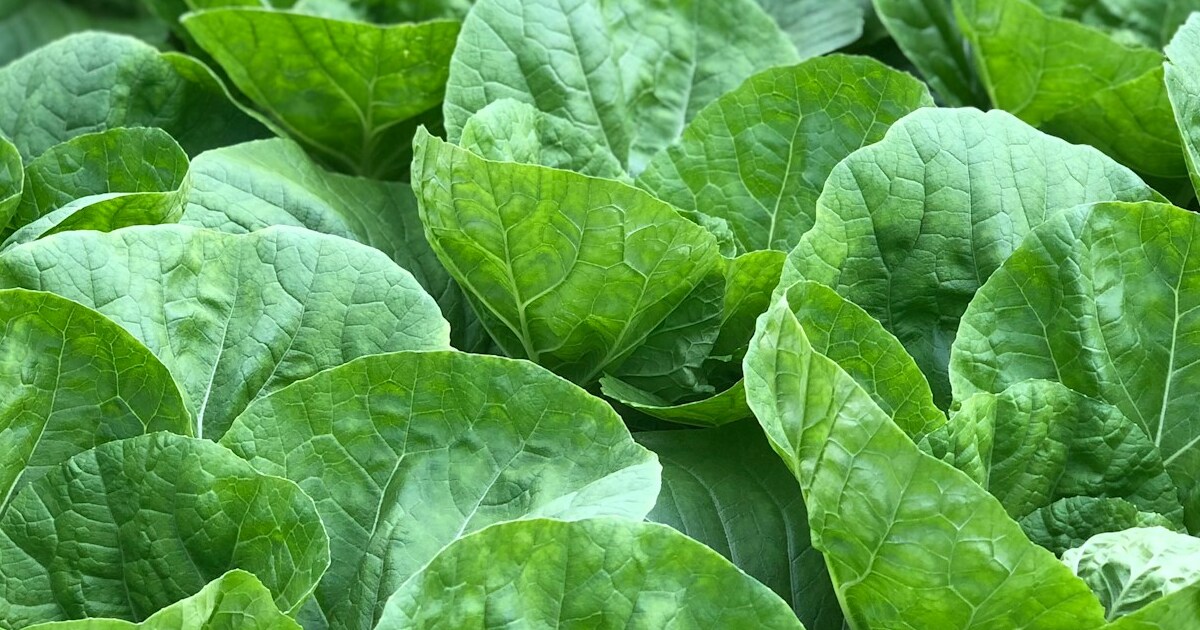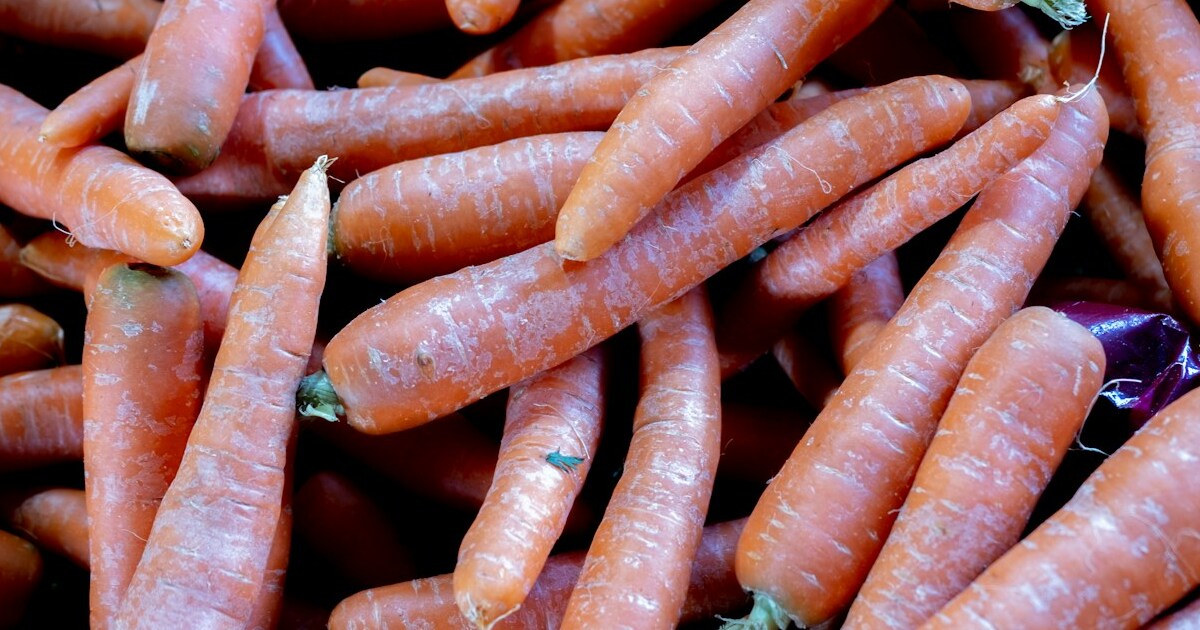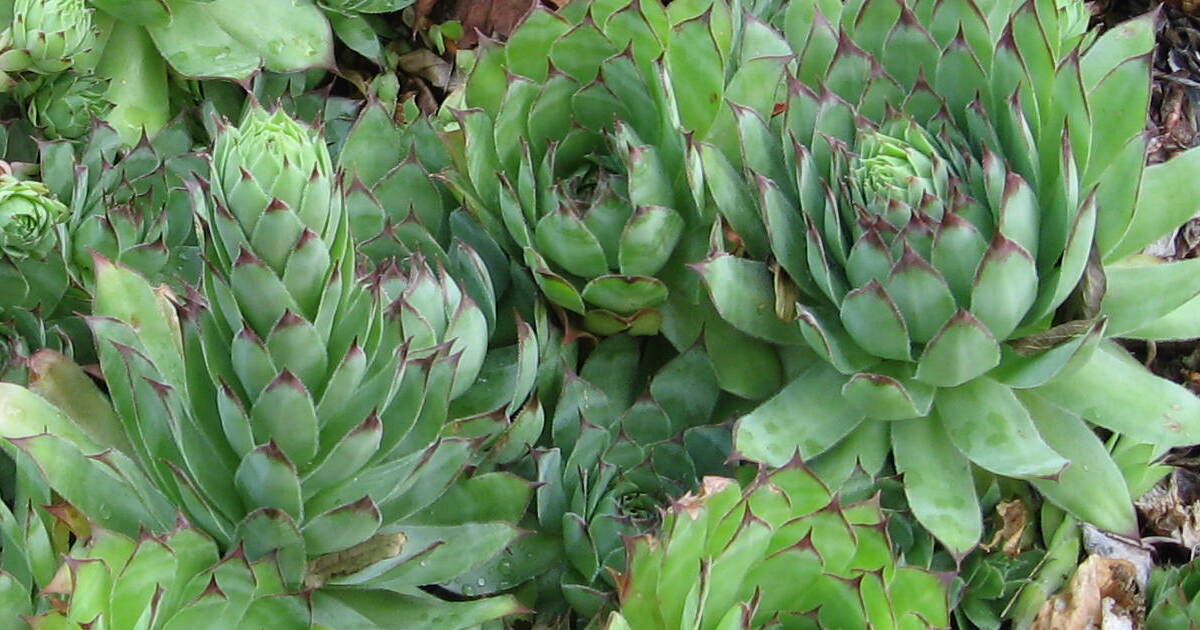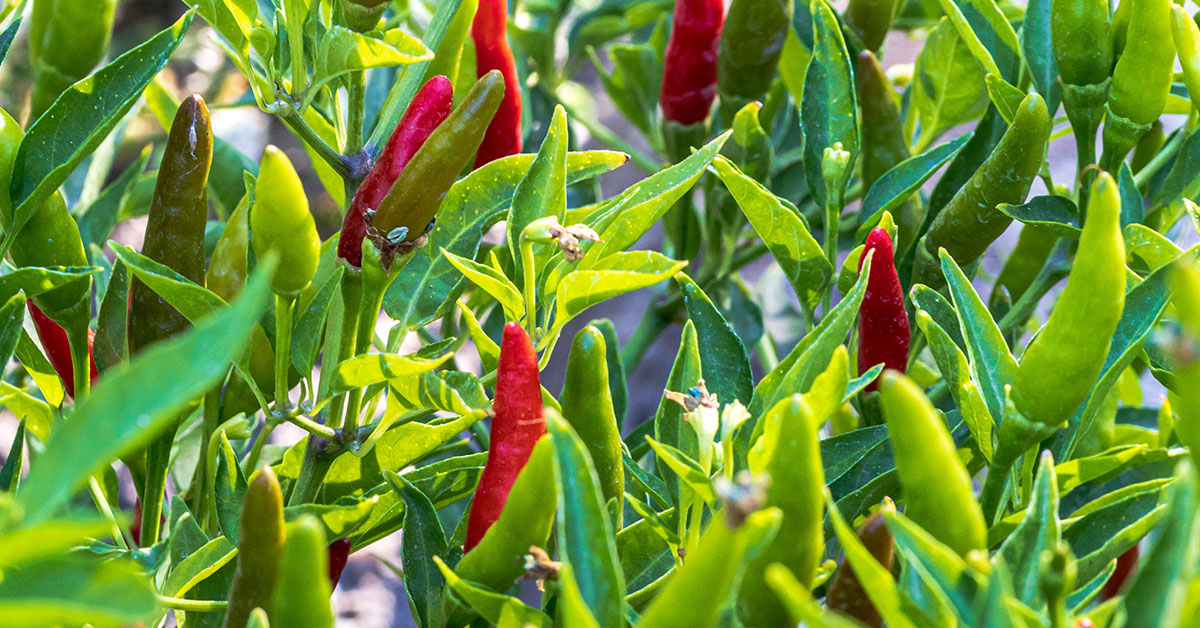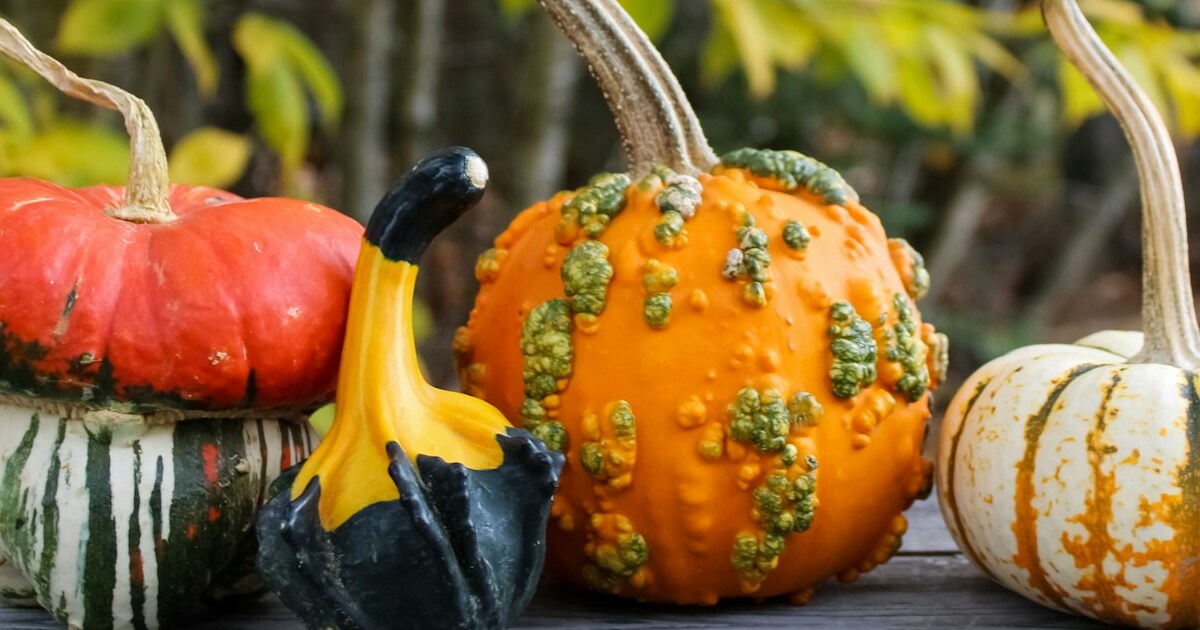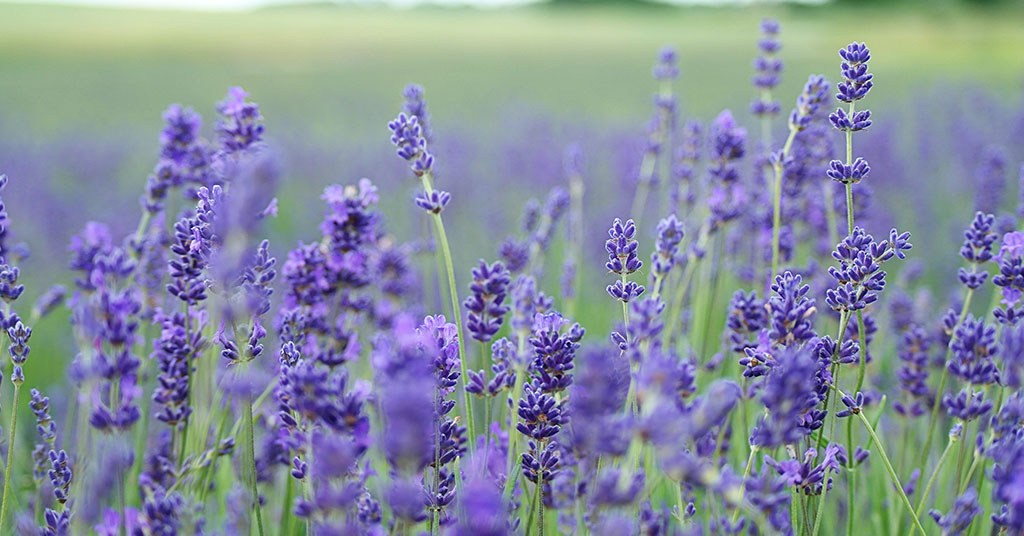If you’ve ever struggled with keeping your rose garden healthy and vibrant while battling pests, nutrient competition, and unattractive ground cover, you know how challenging it can be to maintain that perfect balance. I’ve been there—frustrated by pest invasions and struggling to keep my roses flourishing in a less-than-ideal setting. That’s why I’m excited to share some of my favorite companion plants that not only enhance the beauty of roses but also support their overall health by attracting beneficial insects, improving soil quality, and naturally repelling unwanted pests!
I’ll reveal 11 of the best companion plants for roses, each with its own unique benefits, native origins, and natural behaviors that support a thriving garden ecosystem. Whether you’re looking for plants that provide additional color, natural pest control, or even nesting sites for helpful wildlife, these companions are sure to elevate your rose garden into a lush, balanced, and sustainable oasis.
Marigold
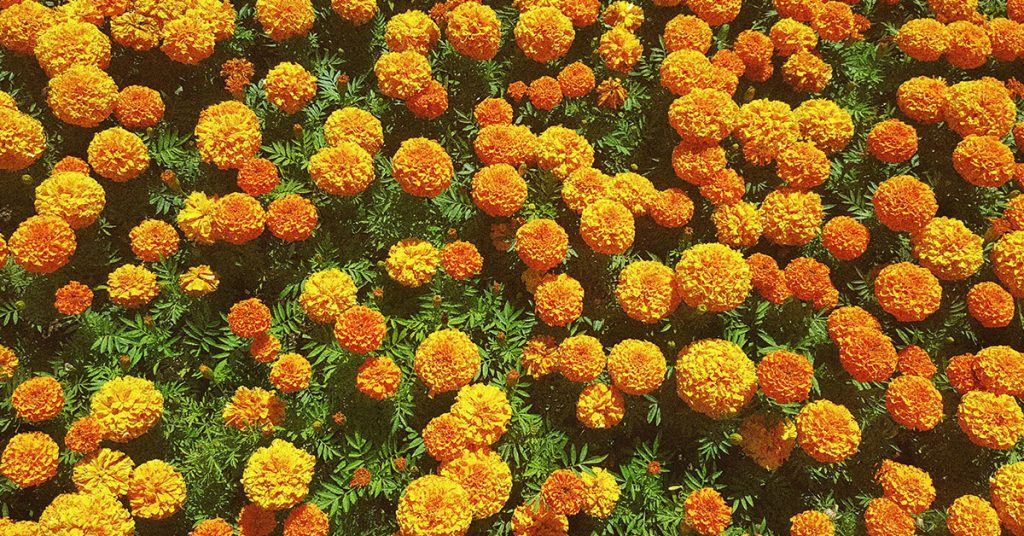
Marigolds, native to the Americas, are a vibrant, cheerful addition to any rose garden. Their bright orange and yellow blooms not only add a splash of color that beautifully contrasts with red and pink roses but also work as a natural pest deterrent. I’m always impressed by how marigolds emit a strong, pungent scent that repels aphids and nematodes, protecting your precious roses from common garden invaders! In managed gardens, marigolds remain non-invasive, making them an excellent companion without overwhelming your rose beds.
Beyond their pest-repelling properties, marigolds attract a myriad of beneficial pollinators such as bees and butterflies, enhancing the overall ecosystem of your garden. Their dense, bushy growth helps fill in gaps between rose bushes, providing natural ground cover that reduces weed growth and helps retain soil moisture. The interplay between marigolds and roses creates a dynamic, lively space that not only looks stunning but also functions as a natural, chemical-free pest control system—truly a win-win for any gardener!
Catmint
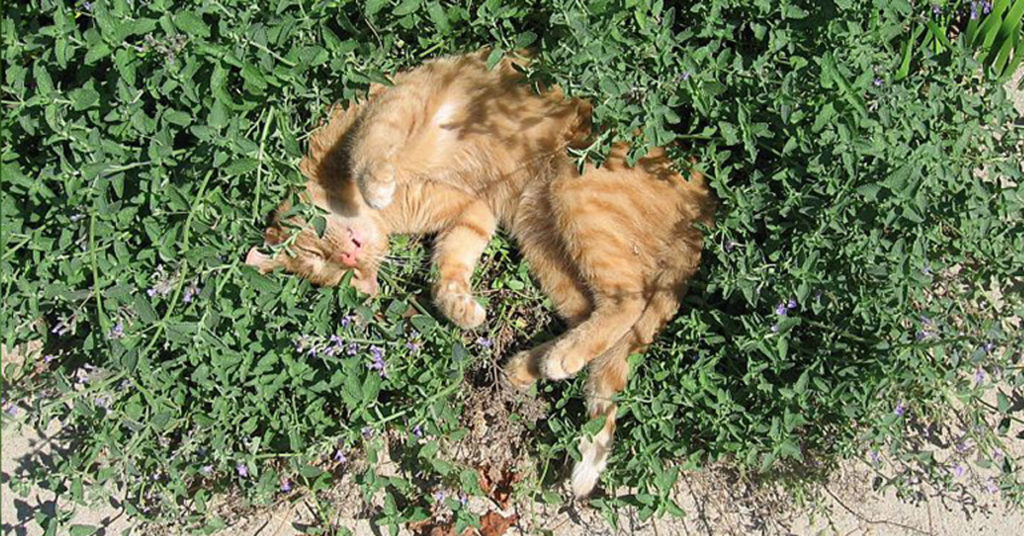
Catmint (Nepeta spp.), native to Europe and Asia, is a delightful perennial with soft, aromatic foliage and clusters of lavender-blue flowers. This charming plant pairs wonderfully with roses, as its low, spreading habit provides a natural, attractive ground cover that helps suppress weeds. I love how catmint’s gentle fragrance adds an extra layer of sensory delight to a sunlit rose garden while remaining non-invasive in most settings! Its subtle blooms are known to attract beneficial insects, including bees and small butterflies, creating a microhabitat that supports natural pest control.
Moreover, catmint’s robust yet compact growth encourages the establishment of a balanced ecosystem around your roses. The plant’s native resilience means it thrives in well-drained soil and full sun, making it perfectly suited for complementing roses in warm, dry climates. Its foliage also provides shelter for tiny invertebrates that contribute to soil fertility. With its effortless charm and ecological benefits, catmint is a must-have companion that enriches your garden’s beauty and functionality.
Basil
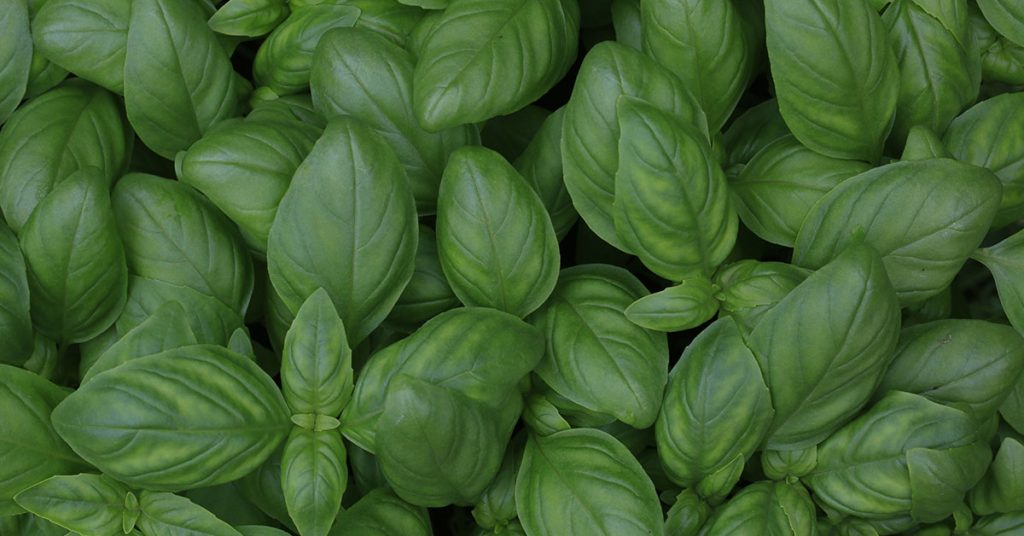
Basil, with its aromatic leaves and lush green appearance, originates from tropical regions of Africa and Asia and has long been a favorite companion for culinary and ornamental gardens alike. When grown near roses, basil’s strong scent can help repel aphids and other common pests, protecting your roses naturally without resorting to chemicals. I love how basil not only enhances the flavor of your summer salads but also transforms your garden into a haven for beneficial pollinators, such as bees and butterflies, making every bloom count! Although basil is vigorous in warm climates, it remains non-invasive when properly managed in container gardens or designated beds.
Additionally, basil improves the overall health of your garden by enhancing soil fertility through its organic matter as it grows and decomposes. Its dense growth pattern can act as a living mulch, reducing water evaporation and suppressing weeds around your roses. This natural synergy between basil and roses results in a healthier, more resilient garden that’s both productive and visually appealing. It’s a true delight to see how these two plants support one another, creating an outdoor space that’s bursting with flavor and life!
Lavender

Lavender, native to the Mediterranean, is celebrated for its silvery-green foliage and enchanting purple spikes that bring both fragrance and color to a garden. Its drought-tolerant nature and minimal water requirements make it an excellent companion for roses, especially in sun-drenched areas where both plants thrive. I’ve always been enchanted by lavender’s calming aroma and its ability to attract a plethora of pollinators, including bees and butterflies, which further enhance the beauty and health of your rose garden! Cultivated lavender is non-invasive and blends seamlessly with roses to create a natural, aromatic tapestry.
In addition to its sensory appeal, lavender helps improve soil health by drawing in beneficial microorganisms and repelling common garden pests. Its tightly clustered blooms provide excellent nesting sites for small insects and add a layer of natural protection to your roses. The integration of lavender with roses results in a synergistic relationship that boosts natural pest control and promotes a balanced ecosystem. With its timeless elegance and effortless charm, lavender is an indispensable companion that transforms your garden into a serene, sunlit retreat.
Yarrow

Yarrow (Achillea millefolium), native to Eurasia and North America, is a hardy perennial that produces clusters of tiny, daisy-like flowers in a variety of colors, including white, yellow, and pink. Yarrow’s feathery foliage and aromatic blossoms not only add a wild, natural beauty to your rose garden but also attract a diverse array of beneficial insects such as bees, ladybugs, and parasitic wasps. I’ve always been captivated by how yarrow’s robust growth and subtle fragrance create a dynamic microhabitat that naturally supports your roses by controlling pest populations! Despite its vigorous nature in the wild, yarrow is non-invasive when cultivated in a managed garden.
Moreover, yarrow enhances soil fertility by fixing nitrogen and adding organic matter through its seasonal leaf drop. Its deep root system improves soil structure and moisture retention, creating a healthier environment for neighboring plants. When planted alongside roses, yarrow not only provides visual contrast but also contributes to the overall resilience and productivity of your garden. Its timeless charm and ecological benefits make it a valuable companion that elevates your outdoor space with natural grace and sustainability.
Nasturtiums

Nasturtiums, native to the Andes of South America, are a vibrant, edible annual that provide both stunning visual appeal and practical benefits as a companion for roses. Their bright, peppery blooms and lush, trailing foliage add a lively burst of color that contrasts beautifully with the delicate petals of roses. I’m always amazed by how nasturtiums naturally repel aphids and other pests, making them an excellent, non-invasive choice for protecting your roses while adding a touch of exotic flair to your garden! These plants are also known for their ability to improve soil health by attracting beneficial insects.
In addition to pest control, nasturtiums serve as a living mulch that helps retain soil moisture and reduce weed growth around your roses. Their edible leaves and flowers can be used in salads, adding an extra dimension of flavor to your culinary creations. The natural synergy between nasturtiums and roses creates a dynamic, multi-functional garden space that is both beautiful and productive. They’re a delightful way to combine aesthetics with practical benefits, ensuring that your garden remains a vibrant, thriving ecosystem.
Alliums

Alliums, including ornamental varieties like chives and garlic, are a unique group of plants native to central Asia and the Mediterranean that offer both culinary and ornamental benefits. Their striking, globe-like blooms and bold, architectural forms provide an attractive contrast to the soft, layered petals of roses. I’ve always appreciated how alliums emit a subtle, onion-like aroma that deters pests such as aphids and mites, thereby protecting your roses naturally. Their non-invasive growth habit in cultivated gardens makes them an ideal companion, adding both texture and visual intrigue!
In addition to their pest-repelling properties, alliums are known to attract beneficial pollinators like bees and butterflies with their nectar-rich blossoms. Their unique floral structure creates natural perching spots for small insects and even offers a habitat for soil organisms that contribute to healthy plant growth. Incorporating alliums into your rose garden not only enhances the overall aesthetic but also fosters a balanced, self-sustaining ecosystem. It’s a brilliant example of how nature’s own defenses can work in harmony with your garden’s beauty!
Rosemary

Rosemary, native to the Mediterranean, is a versatile herb that pairs beautifully with roses for both its aromatic qualities and its natural pest-repellent properties. Its needle-like leaves and robust, evergreen habit create a striking visual contrast with the delicate petals of roses, adding depth and texture to your garden. I’m always excited by how rosemary’s fragrant, woodsy aroma fills the air, attracting bees and other beneficial pollinators that support the overall health of your garden! In cultivated gardens, rosemary is non-invasive and thrives in full sun, making it a perfect, low-maintenance companion for your roses.
In addition to its sensory appeal, rosemary contributes to soil health with its deep, fibrous root system, which improves aeration and moisture retention. Its ability to withstand dry, sun-drenched conditions ensures that it complements roses in the most challenging environments. By interplanting rosemary with roses, you create a synergistic effect that enhances natural pest control, enriches the soil, and boosts overall garden vitality. It’s a timeless, elegant herb that brings both flavor and ecological benefits to any outdoor space!
Zinnias
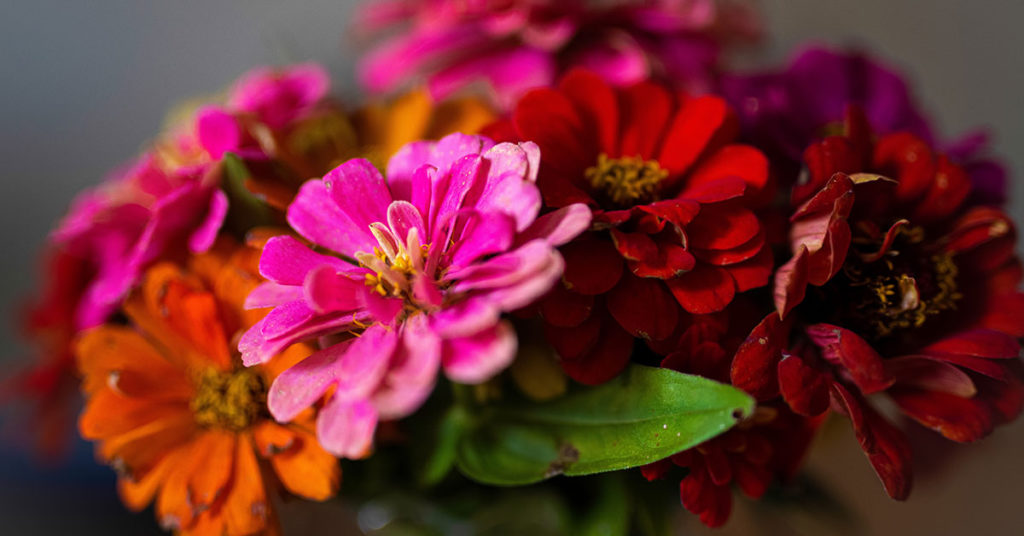
Zinnias, native to Mexico and the southwestern United States, are a vibrant annual that add bold splashes of color to any garden. Their daisy-like, multi-colored blooms attract an array of pollinators including butterflies and bees, which help maintain the natural balance in your rose garden. I love how zinnias’ cheerful presence contrasts with the more delicate hues of roses, creating an exciting, dynamic landscape that is full of life and energy! While zinnias self-seed readily in the wild, in a managed garden they remain non-invasive and offer a burst of visual delight with every bloom.
Moreover, zinnias are low-maintenance and thrive in full sun, making them an ideal companion for roses that bask in the light. Their robust, sturdy stems and vibrant petals create a natural, protective barrier that helps shield your roses from wind and minor pest intrusions. By attracting beneficial insects, zinnias contribute to natural pest control and improve pollination for surrounding plants. They’re a fantastic addition for any gardener looking to create a colorful, lively, and sustainable garden space.
Geranium (Scented Geranium)
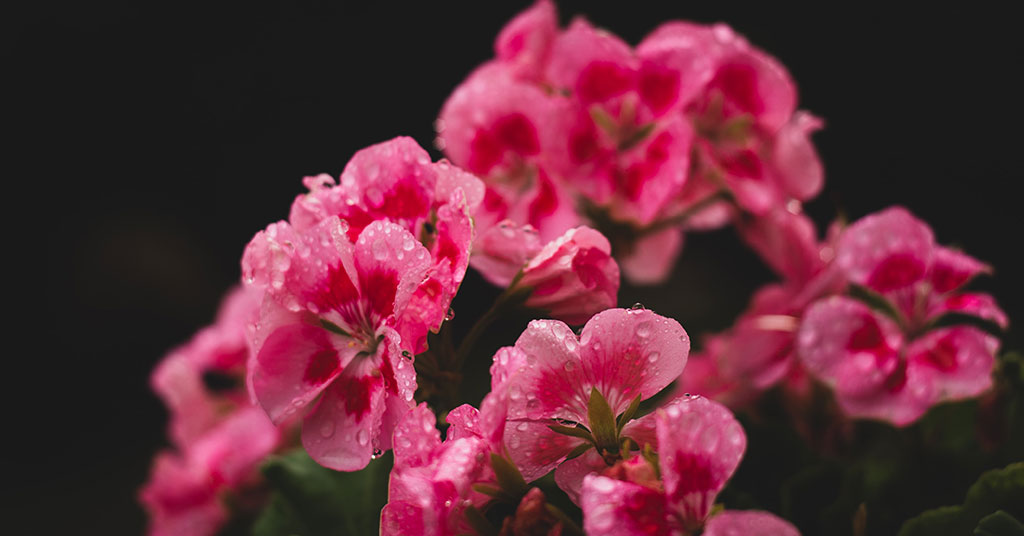
Scented Geraniums, native to the Mediterranean region, are a versatile group of perennials prized for their aromatic foliage and bright, cheerful blooms. Their unique scents range from rose to lemon, providing a delightful sensory experience that complements the beauty of roses perfectly. I’m always captivated by how these geraniums not only add a splash of color to your garden but also emit fragrances that repel pests and attract beneficial insects, creating a balanced microhabitat. They are generally non-invasive when cultivated in containers or garden beds, making them an excellent companion plant.
In addition, Scented Geraniums are known for their low maintenance and drought tolerance, thriving in full sun and well-drained soils. Their dense growth habit forms a natural border around your rose beds, protecting the delicate petals from excessive wind and sunlight. This protective quality enhances the overall vitality of your garden, while their aromatic leaves contribute to a soothing, spa-like atmosphere on your porch or patio. They’re a must-have for any garden that values both beauty and practicality!
Salvia
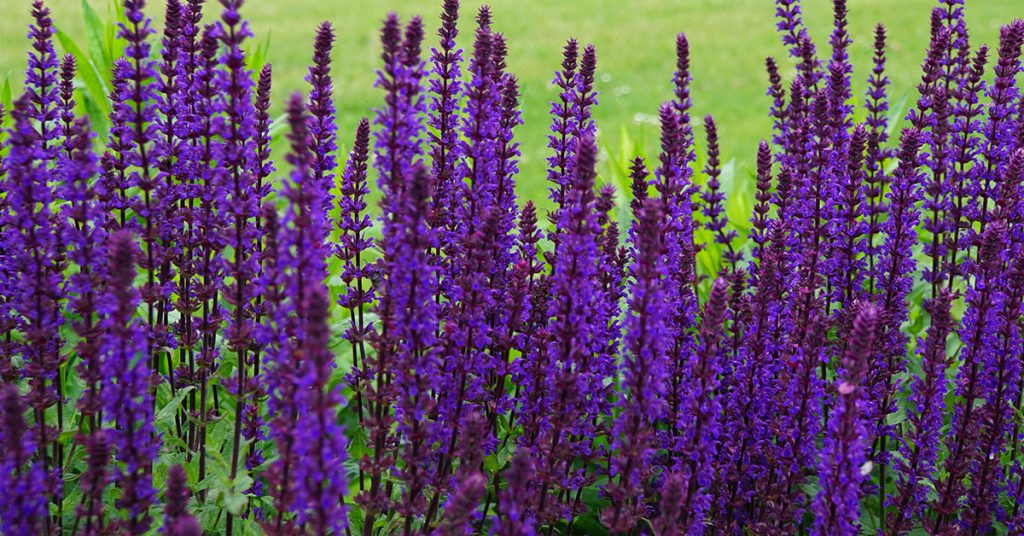
Salvia, a diverse genus native to regions ranging from the Mediterranean to North America, is a dynamic perennial that adds both color and ecological benefits to your rose garden. Its tall, spiky inflorescences come in shades of blue, purple, and red, creating a stunning visual contrast with the softer hues of roses. I’ve always been excited by how Salvia attracts an impressive array of pollinators, including bees and hummingbirds, that not only enhance natural pollination but also contribute to a lively, vibrant garden ecosystem! Cultivated salvia is non-invasive and thrives in well-drained soils and full sun, making it a reliable companion for any garden.
Moreover, Salvia plays a critical role in supporting beneficial insects and natural pest control. Its nectar-rich flowers serve as a feast for pollinators and attract natural predators that help keep pest populations in check. The plant’s robust structure and low maintenance needs ensure that it complements your roses without competing for resources. Growing Salvia alongside roses creates a dynamic interplay of colors and textures, resulting in a garden that is both breathtaking and ecologically balanced. It’s a perfect example of how diverse native species can work together to elevate your outdoor space!





